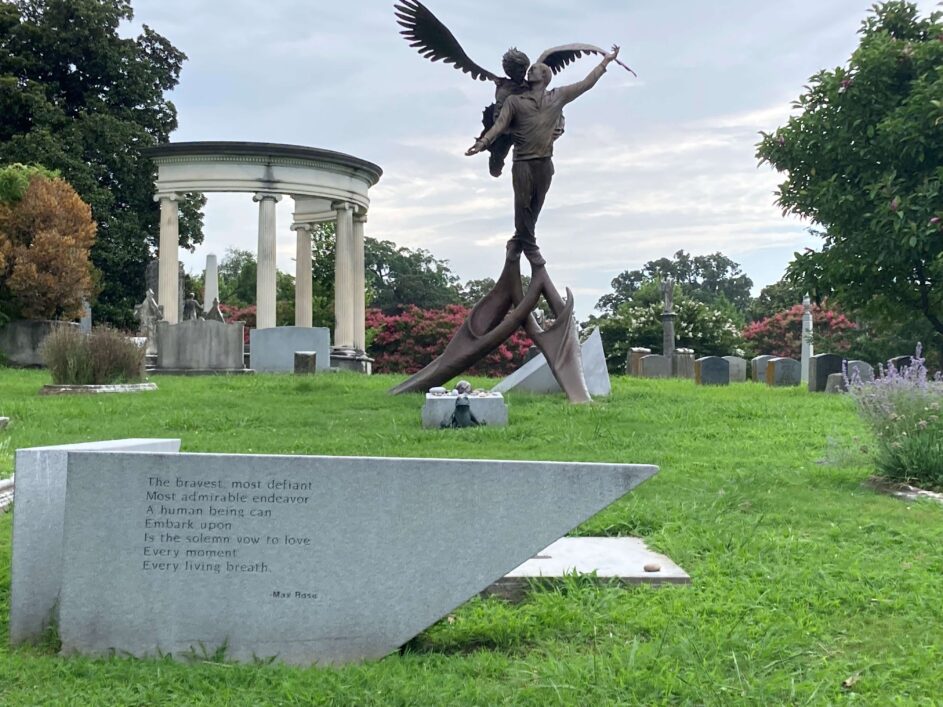When I was a little girl, I always looked forward to what we called Decoration Day. Mother and Granny would spend all day cooking and picking flowers and the next day we would load up the car and drive to the old Locke family cemetery, a lovely place on the Tennessee River.
While the adults set up tables for food, or placed flower arrangements on the graves, our cousin Claudia, a fabulous storyteller and friend to all the children, would lead us to the cemetery. Once there, she would tell us marvelous stories about our ancestors. We heard about Great-Aunt Mary, a nurse who contracted a disease from one of her patients and died. We heard about the Locke brothers who, upon arrival in Tennessee, built a raft, added a jug of whiskey, jumped on and said, “When we run out of whiskey, that’s where we’ll settle.”
True or dubious stories, Cousin Claudia taught us about our fine ancestors, stories that made us laugh or made us proud, affirming who we were and what our place was in the world. Cemeteries can do that.
On my recent visit to my sister Judy, we decided to go for a walk in Elmwood cemetery. Husband Dan said, “Why on earth, would you walk in a cemetery?”
One reason is that Elmwood is beautiful. It is a fine example of the Rural Garden Cemetery Movement, a movement begun in 1831 which, for health reasons, moved graves from churches to places in the country.
Built with arboretums, bird sanctuaries and enough space for amazing monuments, these cemeteries were and are lovely places; places where one can spend the afternoon, perhaps with a picnic. If one chooses to wander the grounds, one can see creative, amazing monuments, monuments that trace the history of the place. If one looks closely, Elmwood also teaches lessons of integration and acceptance.
There are so many examples, here are just a few.
Boss Crump, an infamous prejudiced Memphis politician, is buried almost next to Vasco and Maxine Smith, an early civil rights couple.
Emily Sutton, a “fallen woman” who emptied her house to take in the victims of the 1873 Yellow Fever epidemic, eventually dying of the disease, is buried in a prominent place here.
Ginny Moon, a Confederate spy during the Civil War, who later moved to New York City to become a silent film star, is buried here.
Max Rose, a 19-year-old car accident victim from the elite white part of town, who played basketball on a black team and who wrote poetry is buried here. A Chinese couple whose monument traces the banks of two rivers which, if one looks closely, form a profile of two people facing each other are buried here.
Prostitutes, mayors, the first black entrepreneur in Memphis, a gay man, soldiers from every war, so many stories, all there to discover. Cemeteries have much to teach about creativity, love, acceptance, history and many other lessons, all of them well worth your time. Old cemeteries grace our country, they are sprinkled everywhere. Take time to walk through them, absorb the peace and soak up their lessons. You’ll be glad you did.
Cindy Arp, teacher/librarian, retired from Knox County Schools. She and husband Dan live in Heiskell.

